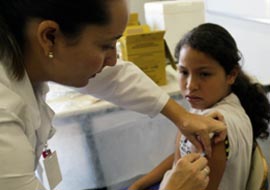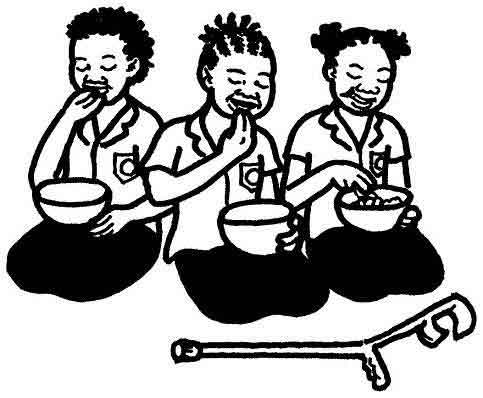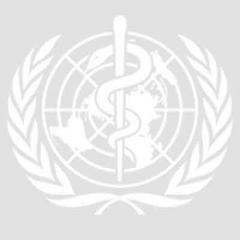Your progress
0%
Here are some activities your organization can undertake to support health prevention among people with disabilities and others in your community.
Use your mouse or keyboard to expand each of the activity headings below. To add an activity to your action plan, select the Add button beside it.

CBR programmes can gather information about existing prevention activities in their communities and work with prevention programmes to include people with disabilities, thus ensuring greater coverage.
CBR can:
Healthy behaviours such as avoiding smoking and drinking alcohol, eating healthily, exercising regularly and wearing condoms during sex can reduce the risk of health problems.
Prevention programmes often use health promotion strategies, such as awareness campaigns, to communicate prevention messages in communities and education for individuals, to encourage healthy behaviour.
See the Health promotion element for suggested activities to promote good health behaviours.

In each community, immunization programmes should be made available for specific diseases and for high-risk groups, including:
CBR programmes can:

Poor nutrition (malnutrition) usually results from not getting enough to eat and poor eating habits, and is a common cause of health problems. Ensuring adequate food and nutrition in communities is the responsibility of various sectors, with which CBR needs to collaborate.
Suggested activities in the health sector for CBR include the following.
Learn how a programme in India addressed malnutrition by providing nutritional supplements to young children.


The Sanjivini Trust in Bangalore, India, has been working with women and children for over a decade. One of its main interventions has been to address the issue of malnutrition in children, especially those below five years of age.
The Trust provides a nutritional supplement in the form of an energy-protein-rich powder to all malnourished children once a month. Volunteers are trained to prepare the supplement and distribute it to needy children. Mothers are given nutrition education and shown how to prepare low-cost nutritious meals using locally-available grains and vegetables.
Sanjivini also works in collaboration with other organizations that provide rehabilitation for children with disabilities, by providing them the nutritional supplement. Children with special needs such as feeding problems have benefited enormously from using the supplement.
Afreen is nine years old and has cerebral palsy. She lives with her parents and two sisters in Illyasnagar slum, Bangalore. Her family migrated to Bangalore when Afreen was six years old. Because she was fed only on liquid foods, she was malnourished and bedridden, poorly developed and had frequent diarrhoea and seizures.
A CBR worker was initially unable to give Afreen any form of therapy due to her condition, so she was given the nutritional supplement and, over a period of one year, Afreen’s health gradually improved, and she developed strength. Afreen now goes to the coaching centre for therapy and stimulation. Her family is overjoyed at her improvement and her mother is now able to introduce her to other foods.
Antenatal care, skilled care during delivery and postnatal care reduce the risk of mothers and babies developing health conditions and/or impairments that may lead to disability.
CBR programmes should:

Water and sanitation measures contribute to improving healthy living and minimizing disability. To help ensure that the needs of people with disabilities are considered, CBR personnel can:
Many disabilities are caused by accidents at home, at work or in the community. Often adults and children with disabilities are also at higher risk of injury. CBR personnel can play a role in injury prevention in their communities by taking the following actions.
People of all ages with disabilities are at risk of secondary conditions. CBR programmes can promote primary prevention strategies to reduce the likelihood that people with disabilities will develop these conditions. It is suggested that CBR programmes should: